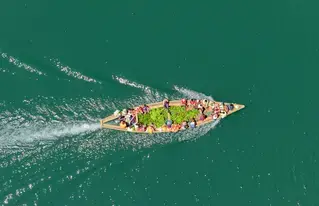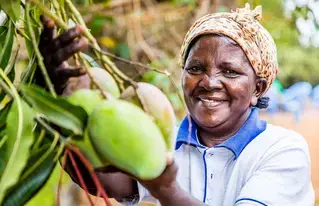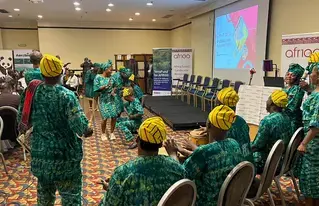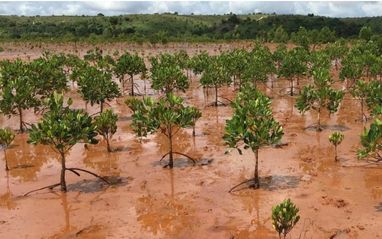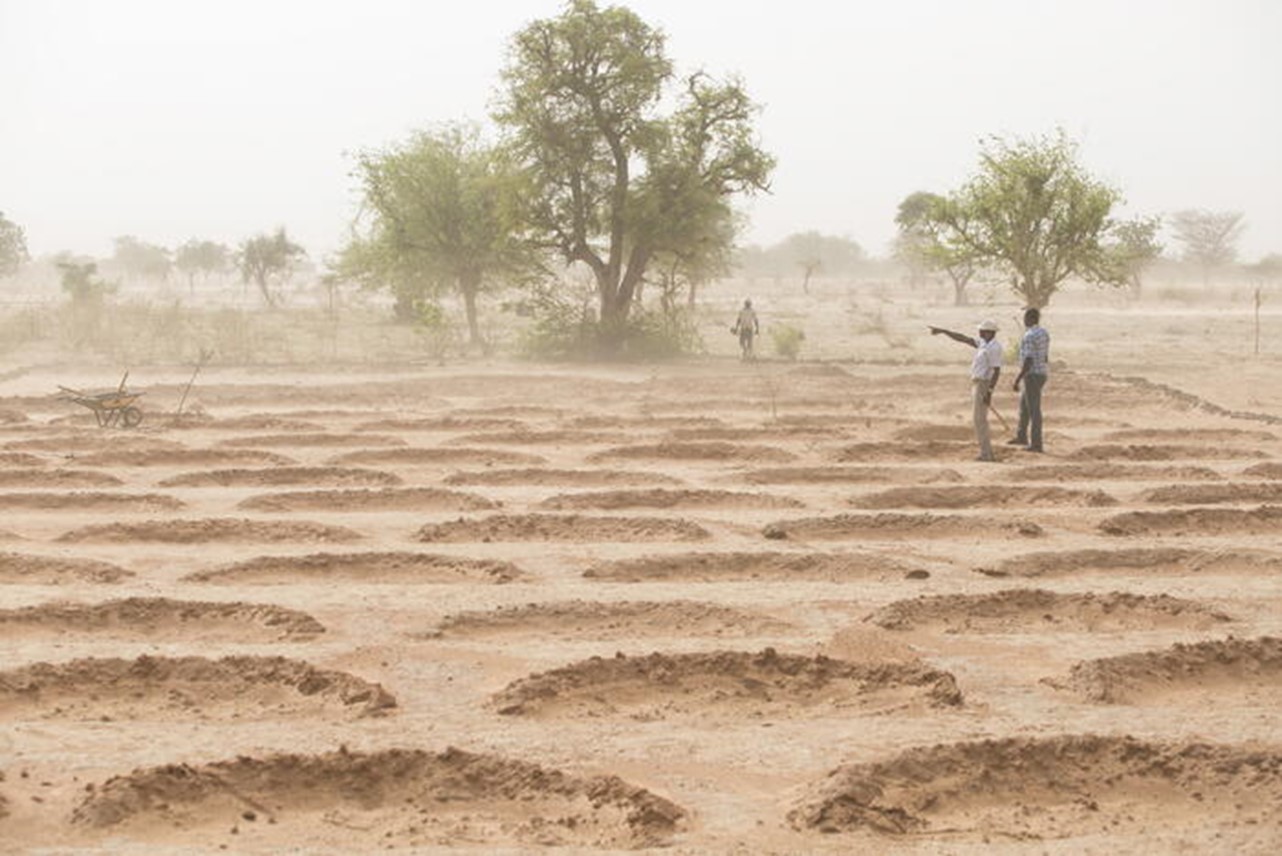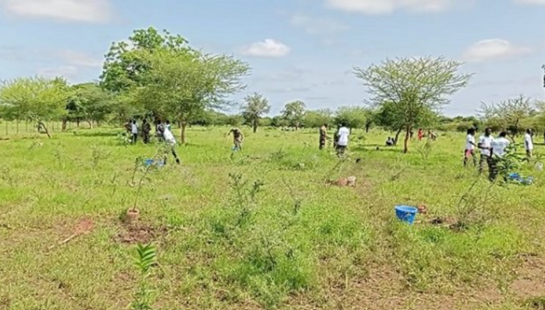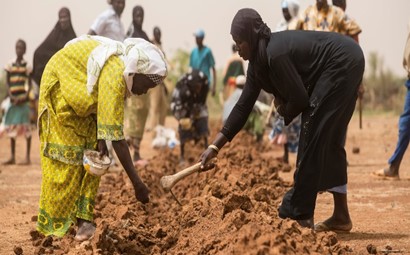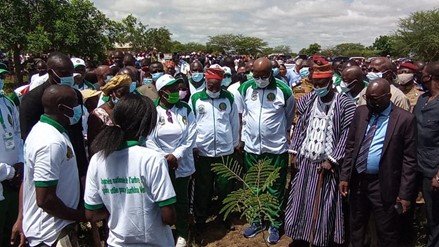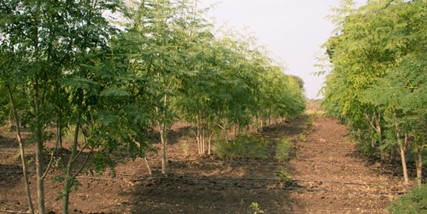Burkina Faso
June 2023
Latest Updates of Burkina Faso
Projects in Burkina Faso
Projects in Burkina Faso
Our Approach
Creation of conservation space
The creation of forest and wildlife conservation areas has a double challenge:
- On one hand, these entities will constitute not only privileged areas for the preservation of biological diversity but also reservoirs of forest and wildlife products intended for sustainable satisfaction of the needs of present and future generations;
- On the other hand, these spaces can be the subject of a classification for the benefit of the Territorial Communities. This should enable Burkina Faso to significantly improve its rate of coverage in conservation areas and to come closer to international standards which recommend that each State classify at least 30% of its total area in forest conservation areas in view of a better socio-economic and ecological balance.
By engaging in the creation and management of conservation areas, each Territorial Collectivity will contribute to laying the foundations for its sustainable development, but it will also provide support for the increase in national forest areas, all of which should contribute to the mitigation of climate change, the negative effects of which are increasingly perceptible.
Restoration of cropland
Agriculture occupies an important place in the socio-economic development of Burkina Faso. As such, its development is a priority for the Burkinabè government. This is how many efforts are made for a sustained growth of agricultural production. In order to ensure sustainable development, the State and its partners have since taken action to curb land degradation and restore their productive capacities.Rehabilitation of degraded land for silvopastoral purposes
The rehabilitation of degraded pastoral lands makes it possible to increase the supply of agricultural and animal products throughout the year. A forestry variant makes it possible to install an agro-sylvo-pastoral system well suited to the sustainable development of these semi-arid lands. The development of the technique in Burkina Faso could constitute a solution to the problem of insufficient cultivable and pastoral land and contribute to the resolution of the food insecurity of the populations. In this perspective, further research is necessary to enable the development of solid technical references, improve traditional practices and identify the medium-term impact of this technique on the intrinsic fertility of soils. The development of this technique in the Sudano-Sahelian region could constitute a solution to the problem of insufficient cultivable land and contribute to the resolution of the food insecurity of the populations. In this perspective, further research is necessary to enable the development of solid technical references, improve traditional practices and identify the medium-term impact of this technique on the intrinsic fertility of soils.Reforestation
Burkina Faso wants to expand its reforestation policy, the results of which do not currently meet expectations and the investments made. Indeed, less than a tenth of the areas destroyed annually are reforested each year, i.e. 10,428 hectares out of more than 105,000 hectares of forests destroyed annually. When choosing secure sites, it is also requested to use plants of local and quality species and to ensure their maintenance.Agroforestry to improve plant potential
Agroforestry is an existing practice in Burkina Faso. In agriculture and livestock on the same surface, trees and woody products are always integrated. The existing methods of land use were then well adapted to the ecological conditions and therefore contributed to the satisfaction of basic needs. The strategies carried out separately by the forestry sector, the agriculture and livestock sector in the fight against desertification and in the search for food self-sufficiency continue to help the country to improve its plant potential and increase productivity on cultivated land.Mobilization of funds to combat desertification and landscape restoration
It is essential that this issue be taken into account in national development programs. The availability of funding sources will depend on Burkina Faso's ability to plan these objectives clearly and to strengthen active cooperation with funding partners and institutions. Innovative financing mechanisms should be explored. In addition, the establishment of a platform to Combat Desertification/Sustainable Land Management (P-LCD/GDT) at different scales should allow better synergy between actors. It is important to adopt a multisectoral approach to tackle this fundamental problem and to include the public and private sectors as well as civil society. The LDN will help strengthen coherence between our various commitments to combat desertification, land degradation and droughts in order to promote the country's sustainable development and achieve a world without land degradation.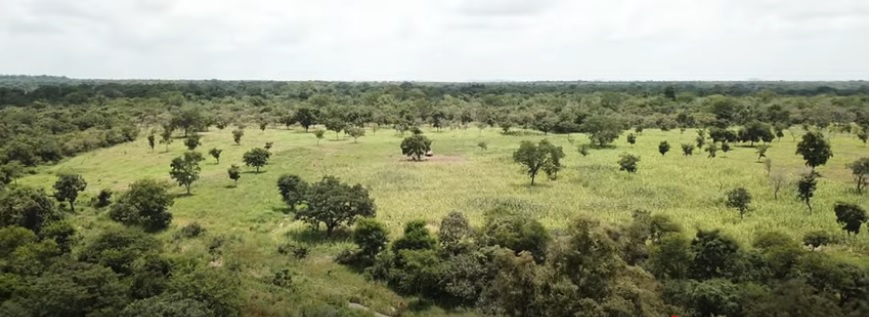
Steps to Success
Stakeholder involvement
Burkina Faso has necessarily involved all LDN stakeholders to support climate change mitigation and adaptation, finally to achieve the ambition of neutrality of degraded lands. We have a popular saying that many streams make a great river! Thus, we need to address land degradation and climate change from several different directions to make a difference. The partners are made up of agents from ministries, governments in bilateral and multilateral cooperation, international companies, private companies, NGOs, local communities, etc.
A coordination mechanism
The implementation of a process of such scope requires the support and involvement of all stakeholders at the various stages. This concern led the authorities to set up a high-level committee to oversee the process. The role of this Committee is to supervise the activities of the working group and to validate them throughout the various stages. Its creation is therefore a concretization of pillar 1 of the program "Leveraging on LDN". Chaired by the Secretary General of the Ministry in charge of the environment, this committee is made up of:
- Secretaries General of the ministries of the rural sector (Agriculture, Livestock, Forestry), research, regional planning, decentralization , Finance, Energy, Mines;
- Permanent Secretary for the Coordination of Agricultural Sector Policies (SP/CPSA) and the Permanent Secretary of the National Council for Sustainable Development (SP/CNDD);
- CILSS, UNDP, FAO, OIM-BF, European Union;
- Confederation Paysanne du Faso and the Permanent Secretariat of NGOs;
- Coordinator of the Great Green Wall Initiative for the Sahara and the Sahel
Capacity Building
Two strategic objectives are targeted by this axis: (i) strengthening the technical capacities of the actors, (ii) strengthening the operational capacities of the actors. By strengthening the technical capacities of actors, this strategic objective aims to strengthen the technical capacities of actors in Water and Soil Conservation / Soil Defense and Restoration (CES/DRS) and Two effects are expected (EA) from this strategic objective namely (i) qualified and sufficient human resources are available, (ii) producers have the knowledge and skills required for sustainable land management.
Partnership
The Global Mechanism, the implementing body of the UNCCD, in cooperation with the executive secretariat of the convention and other partners, has set up a program which aims to support countries in leading the process. Concretely, the process is based on 4 pillars:
- Leverage LDN: ensure the involvement of decision-makers and all stakeholders concerned with sustainable land management.
- Assess LDN: establish a baseline for LDN: baseline values and mapping of land condition and degradation factors.
- Define voluntary LDN targets and associated measures, with regard to the reference situation.
- Achieve LDN: Integrate LDN into national policies and identify transformative projects and programs, as well as innovative financing mechanisms.
Key Milestones
- The National Forest Policy

- Partnership Program for Sustainable Land Management (CPP)

- The National Economic and Social Development Plan (PNDES)

- Burkina Faso commits to restore 5 million hectares of degraded land by 2030
- The National Land Management Program (PNGT 3)
- The National Policy for Scientific and Technological Research (PNRST)
- The National Spatial Planning Policy

- The National Sustainable Development Policy (PNDD)
- The National Program for Monitoring Ecosystems and the Dynamics of Desertification

- National strategy for the restoration, conservation and recovery of agricultural land

- Burkina Faso's Nationally Determined Contribution

Our Vision
A Sahelian country confronted for more than three decades by desertification and its consequences, Burkina Faso is a key stakeholder in the international and regional fight against environmental degradation and poverty.
One of its engagements in this domain is active participation in TerrAfrica, the Great Green Wall for the Sahara and the Sahel Initiative (GGWSSI), an African enterprise supported by the international community. The goal of the Great Green Wall is to put an end to food and nutrition insecurity and to land degradation.
To ensure that these actions become permanently implemented and benefit the right people, Burkina Faso has opted to pursue a policy of decentralization.
Seeing the adoption of the SDGs by the international community and the approval of the concept of Land Degradation Neutrality (LDN), Burkina Faso committed itself to defining voluntary national targets to attain LDN. In order to stop land degradation in Burkina Faso, the country has committed to reaching land degradation neutrality by 2030 through the restoration of 5 million hectares of degraded land and by preventing the degradation of non-degraded land.
Through 2030, the realization of these objectives will cost $2.7 billion USD.
Priority Interventions:
- Create a cross-border program between Burkina Faso and Niger for the restoration of natural capital and the resilience of local communities.
- Reinforce the Fight against Desertification and Sustainable Land Management (SLM) at different scales to create better synergy among actors
- Spread best practices for SLM and climate change adaptation
- Improve food and nutrition security, as well as the incomes of producers through the promotion of revenue-generating activities and by supporting vulnerable households
- Put in place a program of environmental education and training for actors in the fight against land degradation and for the sustainable management of the environment
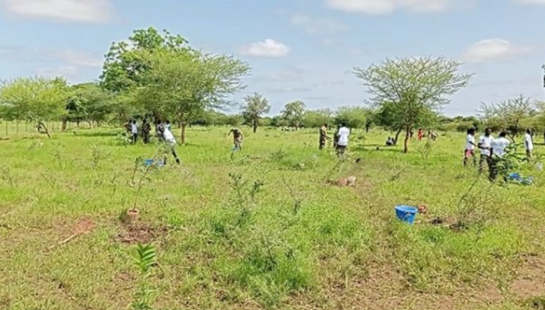
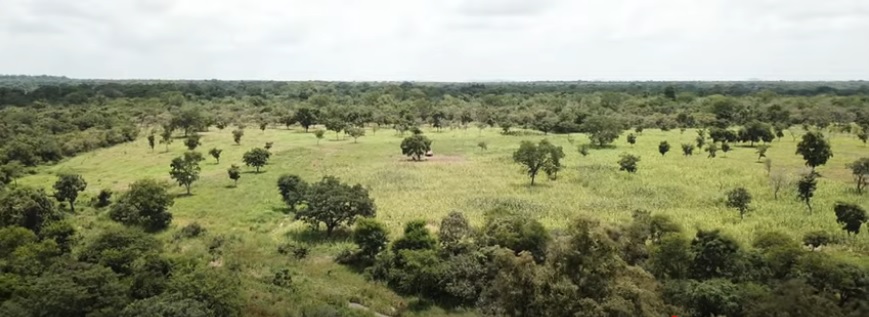
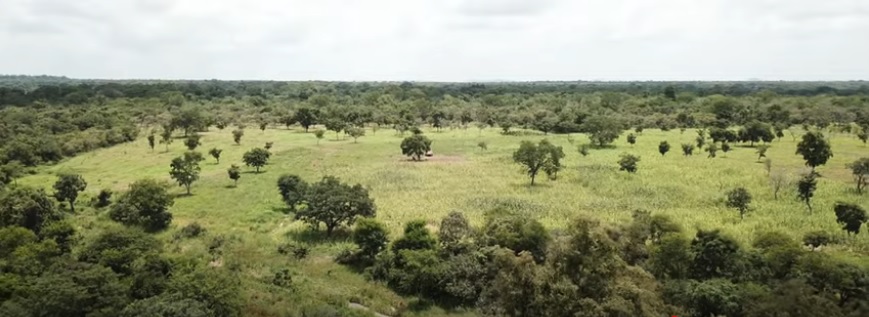
Burkina Faso : Donner une nouvelle vie aux terres dégradées
Resources
in Burkina Faso

